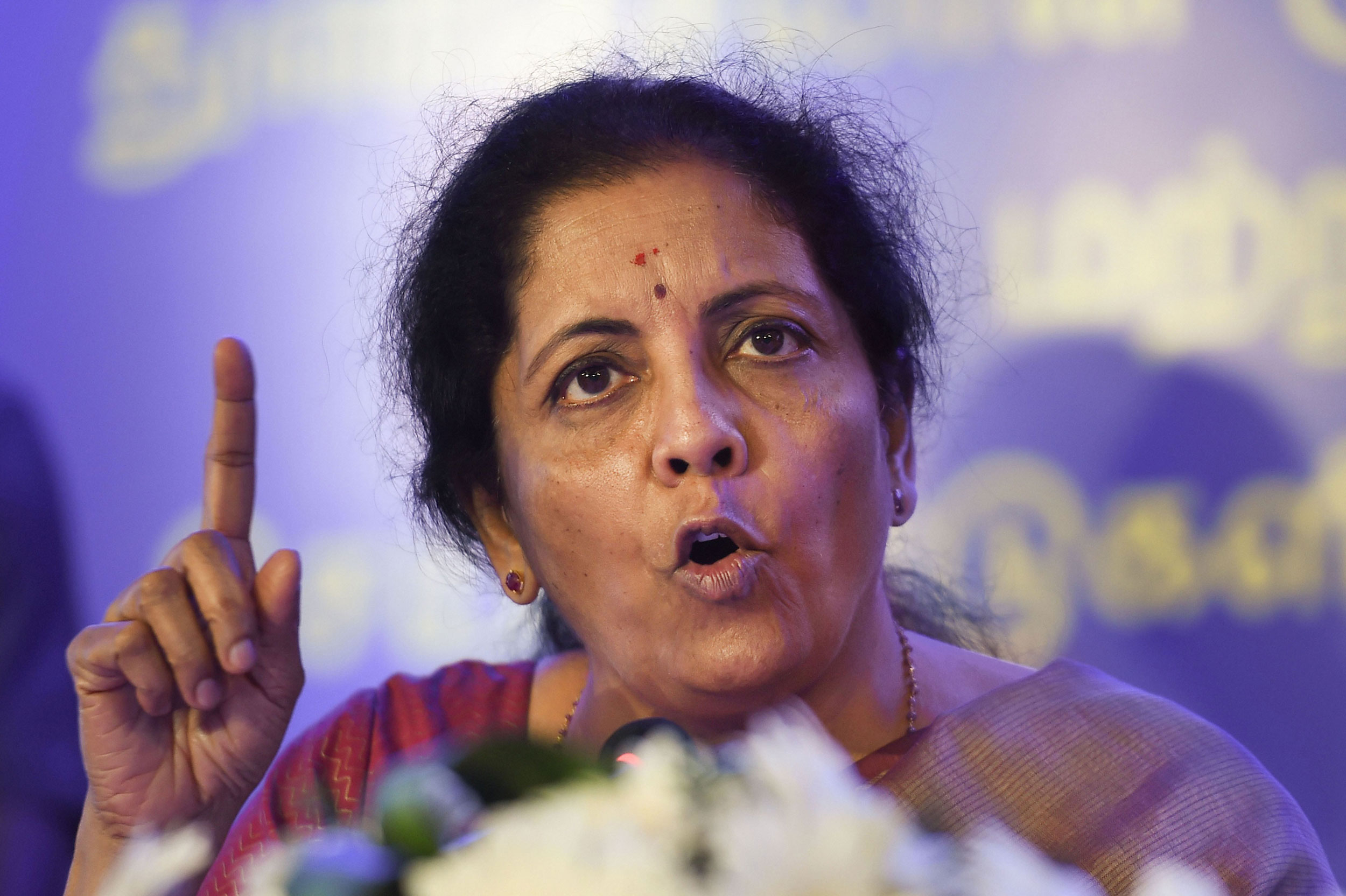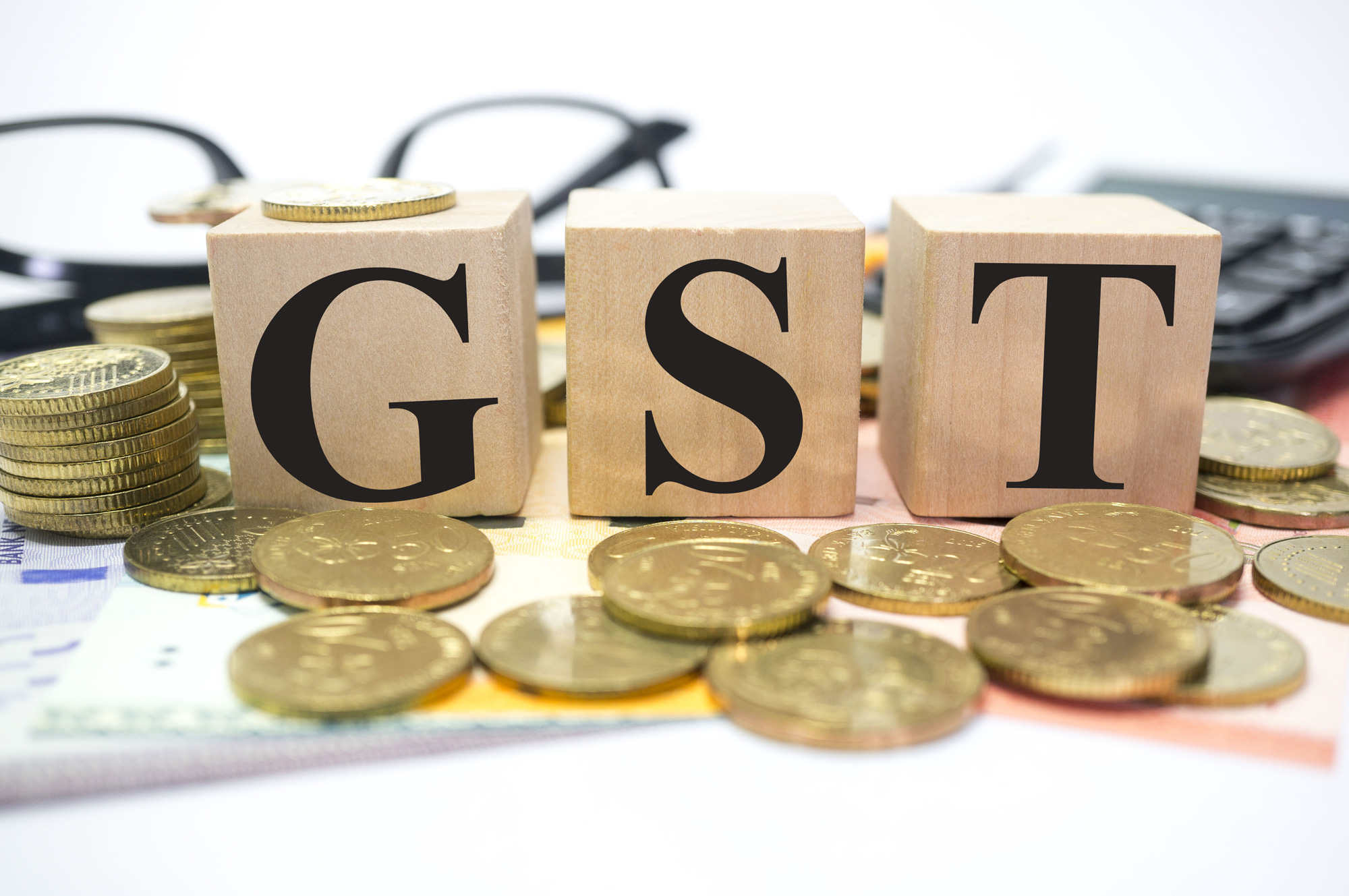The Narendra Modi government seems to be completely at sea as it struggles to come to grips with a faltering Indian economy. The steady stream of dismal, high-frequency data buttress that perception. For almost a year, the economy has been whipsawed by news about mounting stress in the financial services sector, a near collapse of the real estate market, and the juddering in the automobiles segment, which is going through its worst-ever period of slowdown. The macroeconomic numbers are not great either. It is bad enough that growth in the first quarter (April-June) tumbled to a six-year low of 5 per cent. The government now has no fiscal headroom left after the fiscal deficit crossed 78.7 per cent of the budgeted Rs 7.03 trillion for 2019-20 by the end of August. The finance ministry has already indicated that it will not budge from its objective of capping fiscal deficit at 3.3 per cent of gross domestic product this year. This means that it will refrain from fresh borrowings in the second half of the year. If the government does not adopt pump priming measures, the economy will not revive. With the sharp plunge in growth in both direct and indirect tax collections and no word on the surge in spending as a result of the Kashmir misadventure, the finance minister, Nirmala Sitharaman, has very few options to paper over the gaping hole in the government’s finances.
Goods and services tax collections in September have sunk to Rs 919.16 billion — a 19-month low — which clearly points to a sharp fall in consumption. The current account deficit, which measures the gap between the two-way transfer of goods, services, income and miscellaneous funds like aid and grants, has widened to a six-year high of 2 per cent of GDP ($14.3 billion) in April-June from just 0.7 per cent in the previous quarter. This is despite the fact that non-oil imports have tumbled 15 per cent year on year in the month of August — a negative number three months on the trot. Foreign funds have been taking sweeping money out of the markets: listed funds reported an outflow of $1.5 billion in August and $7.19 billion in the past 12 months. The surge in the oil import bill and the chilling effects of the global trade war are not going to make things easier.
The government’s policy response has been weak and premised on even more promises: a cut in corporate tax where the revenue giveaway has been blatantly overestimated, a promise of time-bound GST refunds with no sign of the money, and a rollback in the surcharge on foreign portfolio investors. The pressure on the Reserve Bank of India to cut rates becomes greater and magnifies the irony of seeking monetary policy solutions to essentially fiscal problems.



